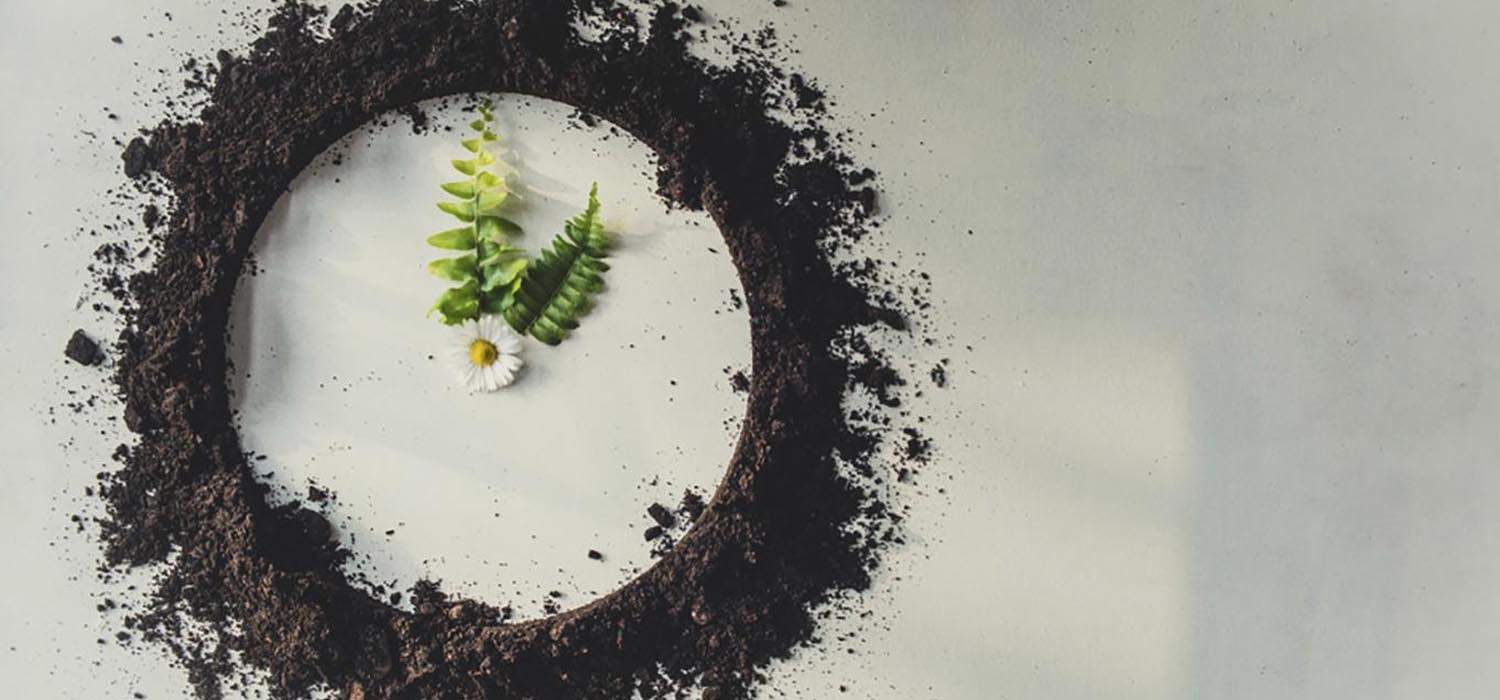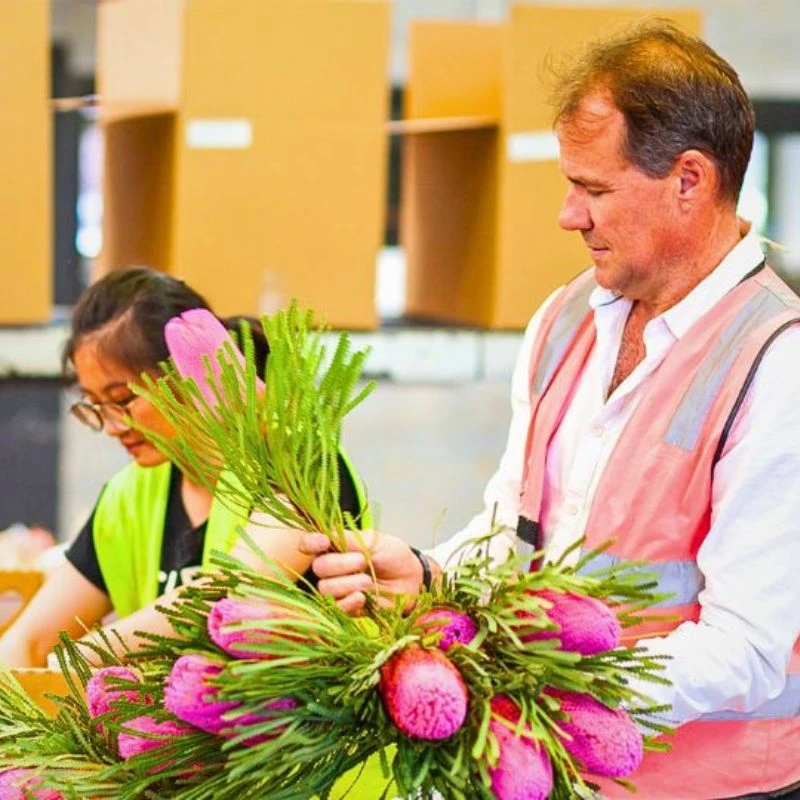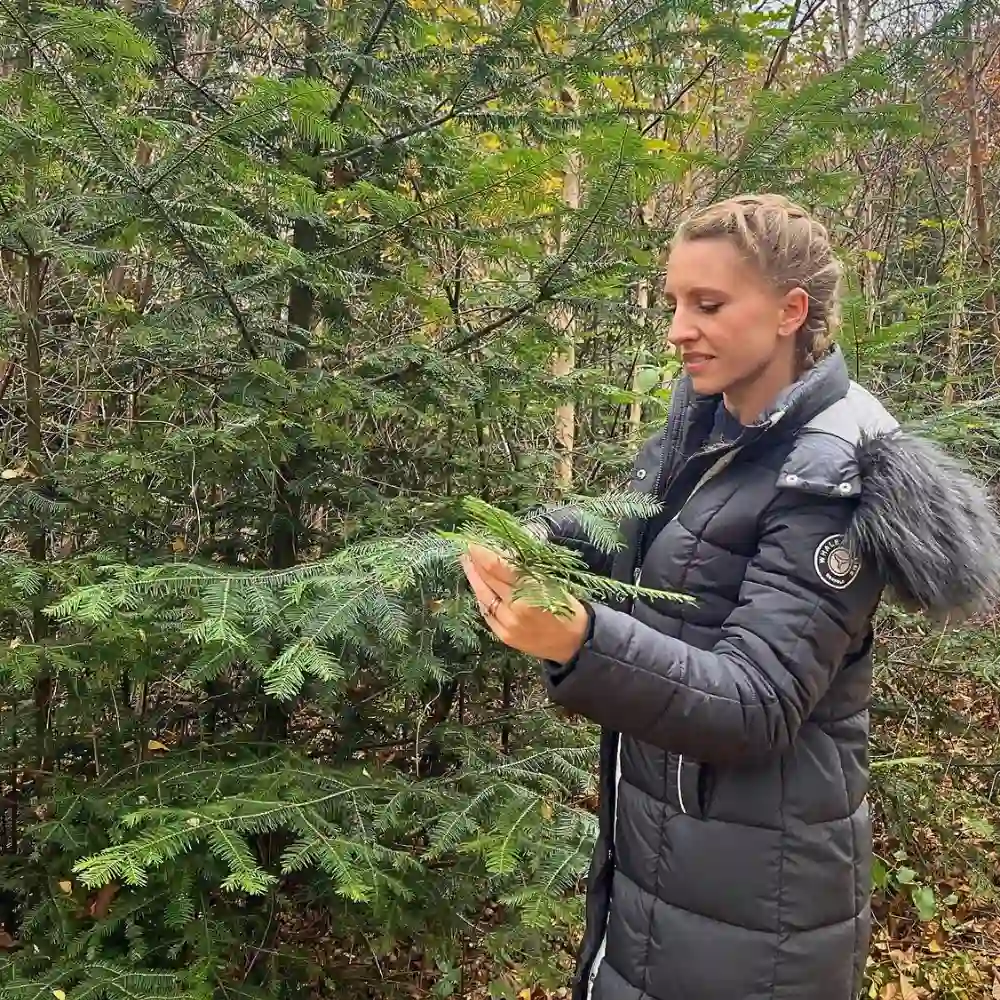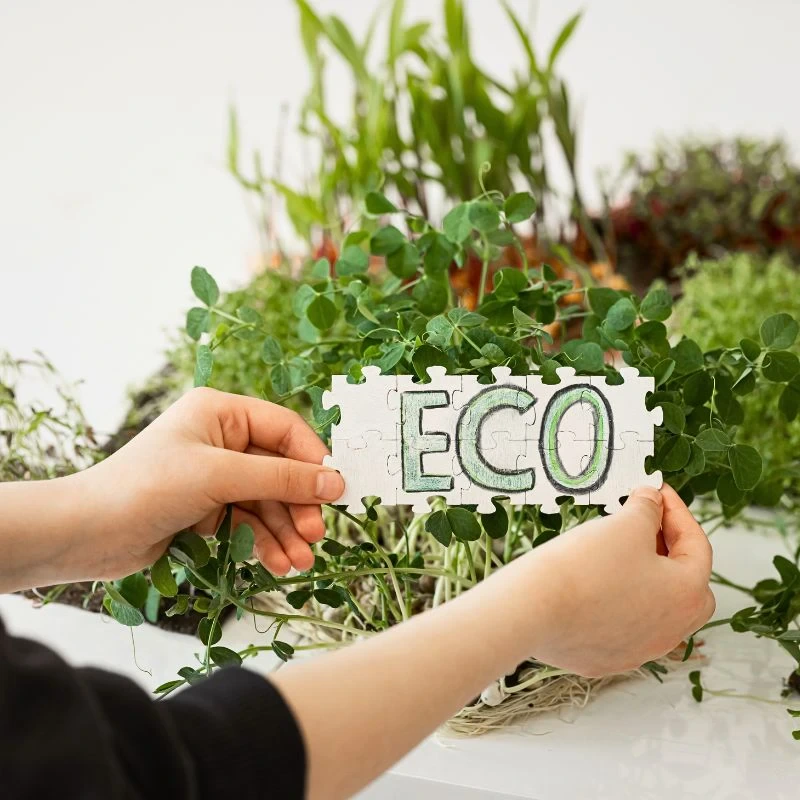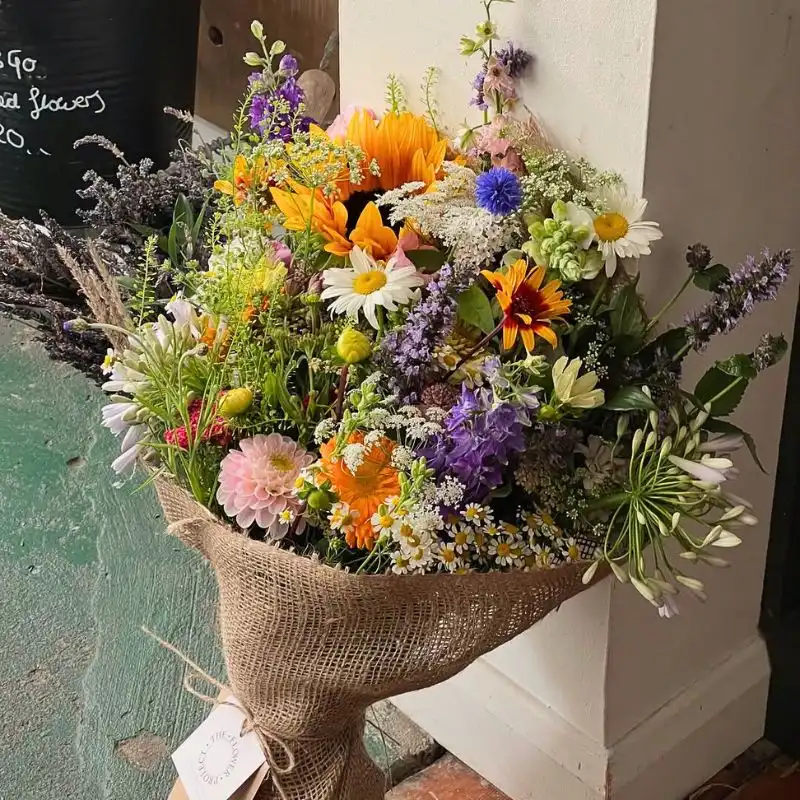Earlier I focused on
sustainability in general. This week, I want to zoom in on one of the most widely used terms when it comes to this topic: the Circular Economy. Ever since I graduated on the topic, the term has been used more and more, but not always correctly. So first, I'd like to shed some light on what the Circular Economy is and then give some examples of how this can be applied in floriculture. I won't go in full detail, so if you want to learn more on the topic in general, be sure to visit the
website of the Ellen MacArthur Foundation, the global leader on the topic.
The Circular Economy
One of the main misconceptions of Circular Economy is that it revolves around recycling. It's not fully wrong, but there's much more to it. In fact, recycling in the Circular Economy is one of the last resorts, with only downcycling, incineration and landfill as worse options. Instead, Circular Economy revolves around (pun intended) making products last and designing out waste. It is the direct opposite of the way our world has worked, and largely still works today: the linear economy. In the linear economy, we take resources, make stuff from it and then throw it away, never to be seen again, polluting the environment in the process. It doesn't take a genius to see that this approach is finite, as we don't live in a world with infinite resources.
Three principles
Circular Economy has a foundation of three principles:
- Design out waste and pollution
- Keep products and materials in use
- Regenerate natural resources
This leads to interesting new business models, which are beneficial to both supplier and consumer (notice how the word 'consumer' has the linear economy embedded in it?). For instance, producers are switching to subscription based models instead of selling products, where the function is sold, rather than the object. This is what Philips does with "Circular lighting": instead of buying and maintaining fixtures and lights, you buy light with a monthly subscription model. Philips benefits by having monthly payments and better contact with their customers. The customer benefits by not having an initial investment, high quality energy efficient light and no worries about repairs and upgrades. By designing the lights in a circular way, Philips also ensures that the fixtures and lamps have a long lifetime en can be upgraded and refurbished.
Circular Floriculture?
Now of course the properties of floricultural products make it difficult to design out waste and keeping the product in use, especially with cut flowers. A cut flower will last for a couple of weeks at the most and will then become, hopefully, compost or energy. But think of all the materials that were put into that product: still the vast majority of materials used in the production of flowers and plants are finite resources and products designed for single use: peat, mined and chemical fertilisers, pots, trays, foils, etc. All of these contribute to the ever growing problem of materials scarcity and climate change.
So how do we tackle this? First of all, switch to organic fertilisers. These are made from agricultural waste streams and a perfect example of the biological cycle. Then packaging: where possible, switch to available multi-use packaging. Rethinking current ways of working can be beneficial as well. Why don't we use a multi-use trolley sleeve instead of stretch foil? Why do you let the plant leave the greenhouse with the growing pot still attached? Maybe it's better to re-use the pots and send the plants out in a biodegradable lightweight net.
Don't forget about the greenhouse itself. Philips' Circular Lighting model can be adopted in the horticultural setting as well. But other components of the greenhouse could be interesting to use in a performance based model. Think of heat, water, maybe even growth or pest management. But most importantly: think of the materials that you send out into the world. Can they be reused or recycled?

